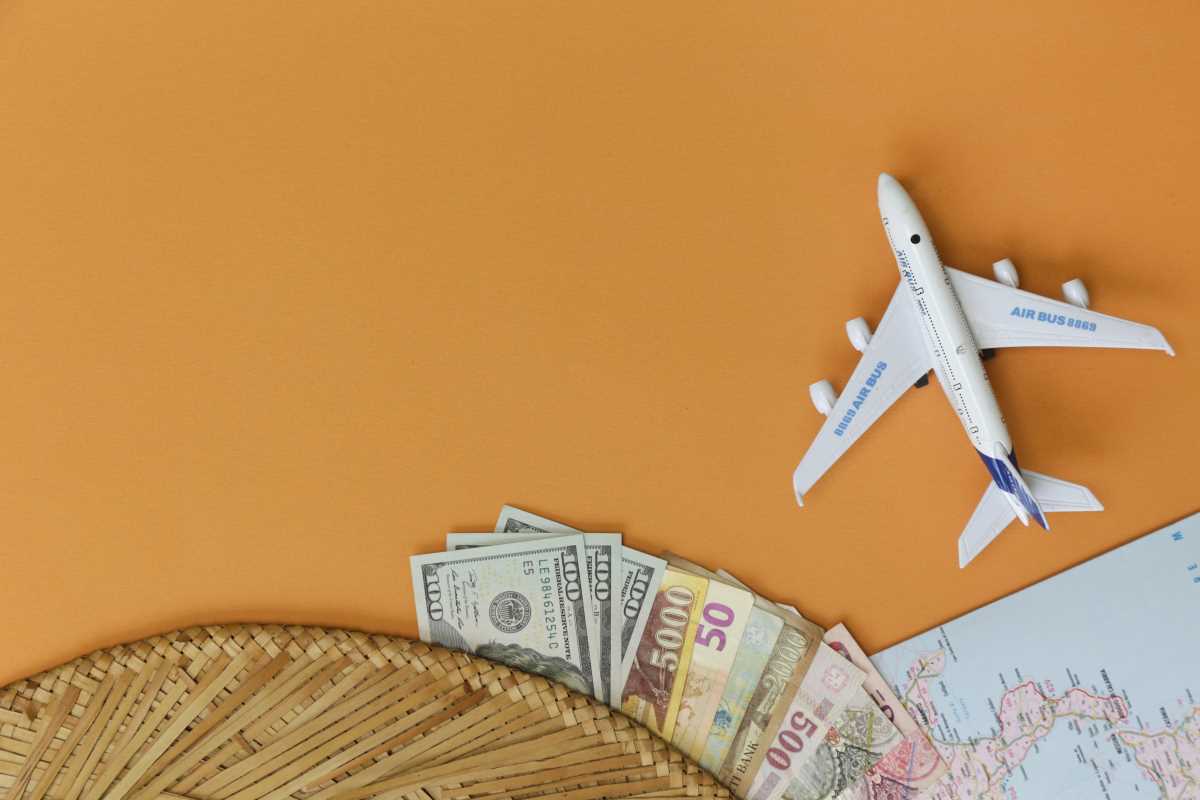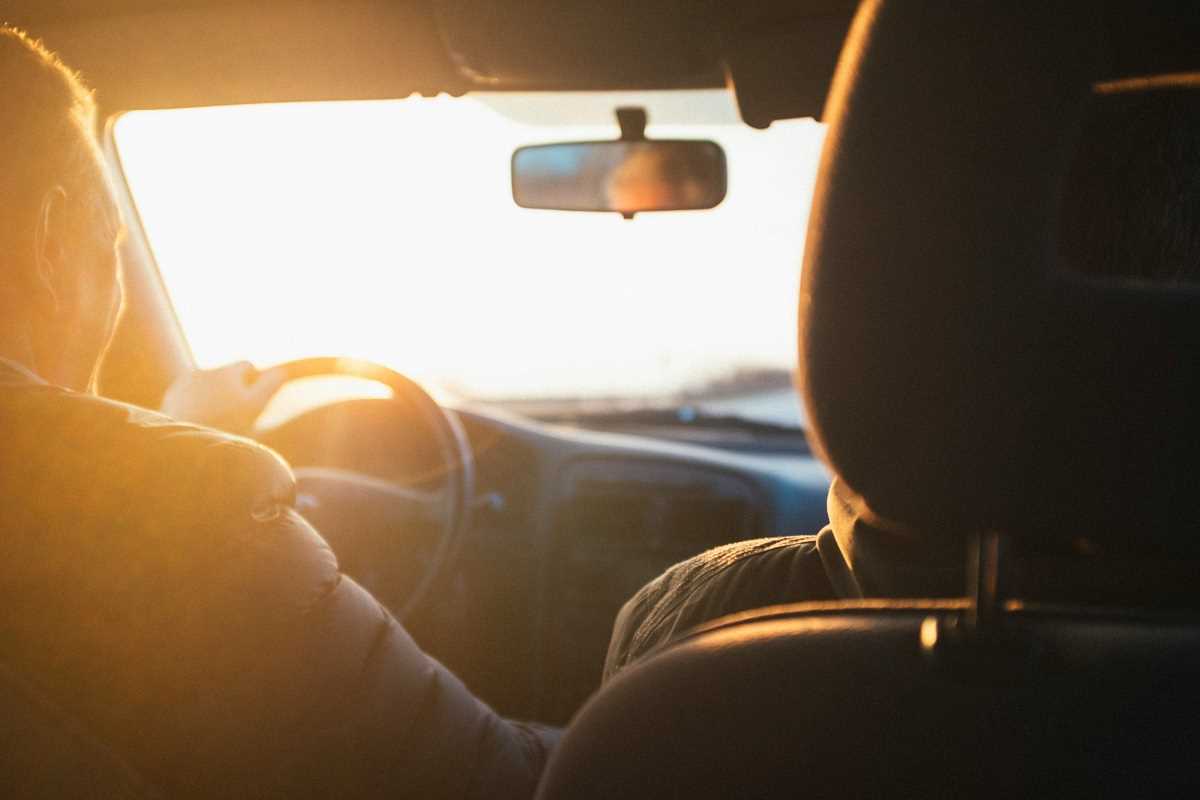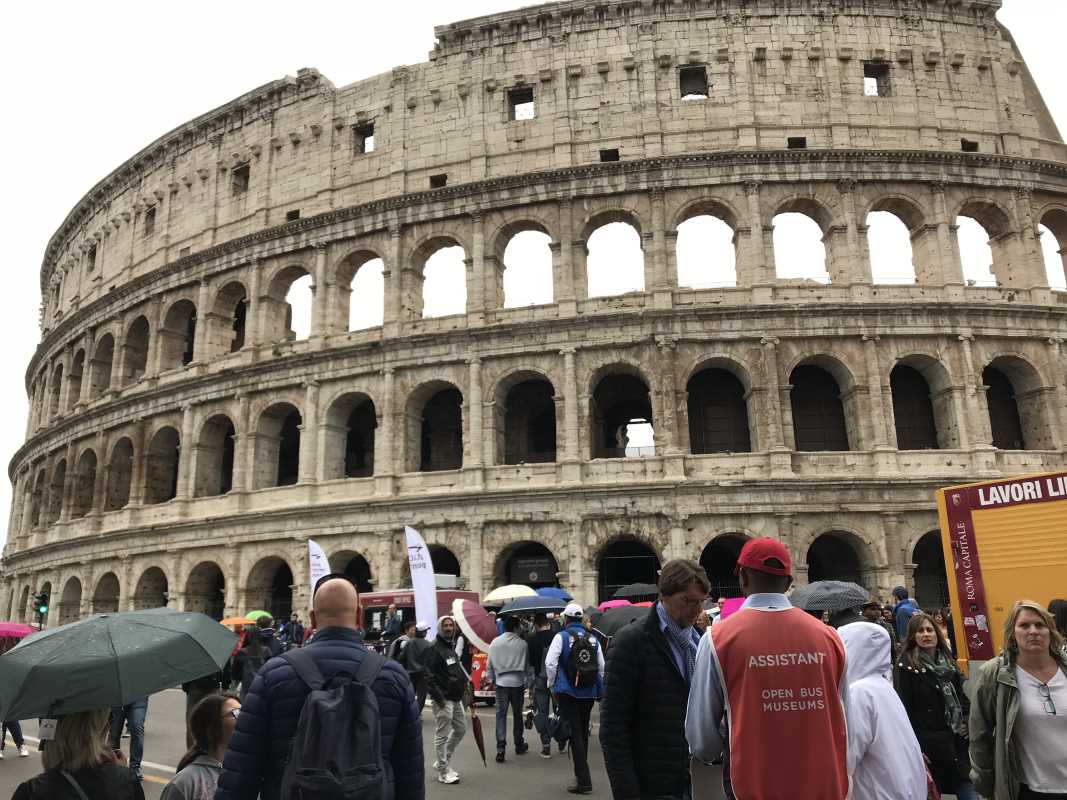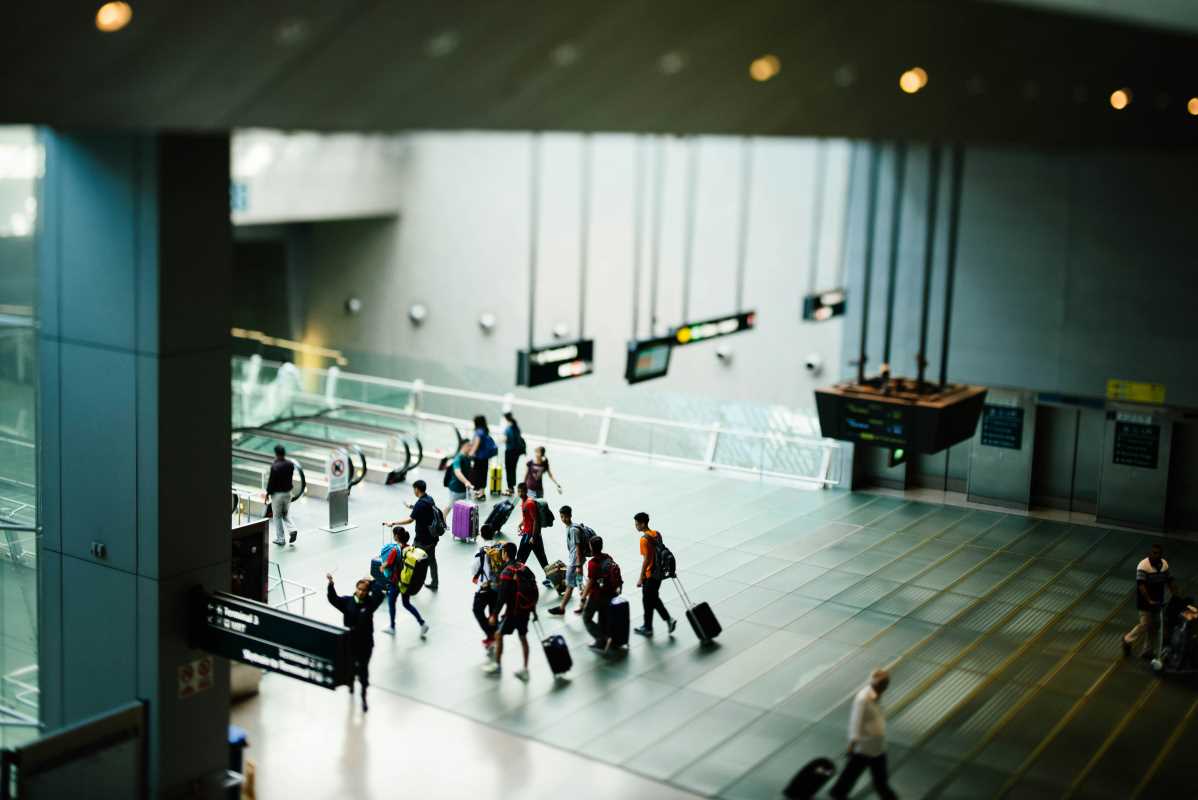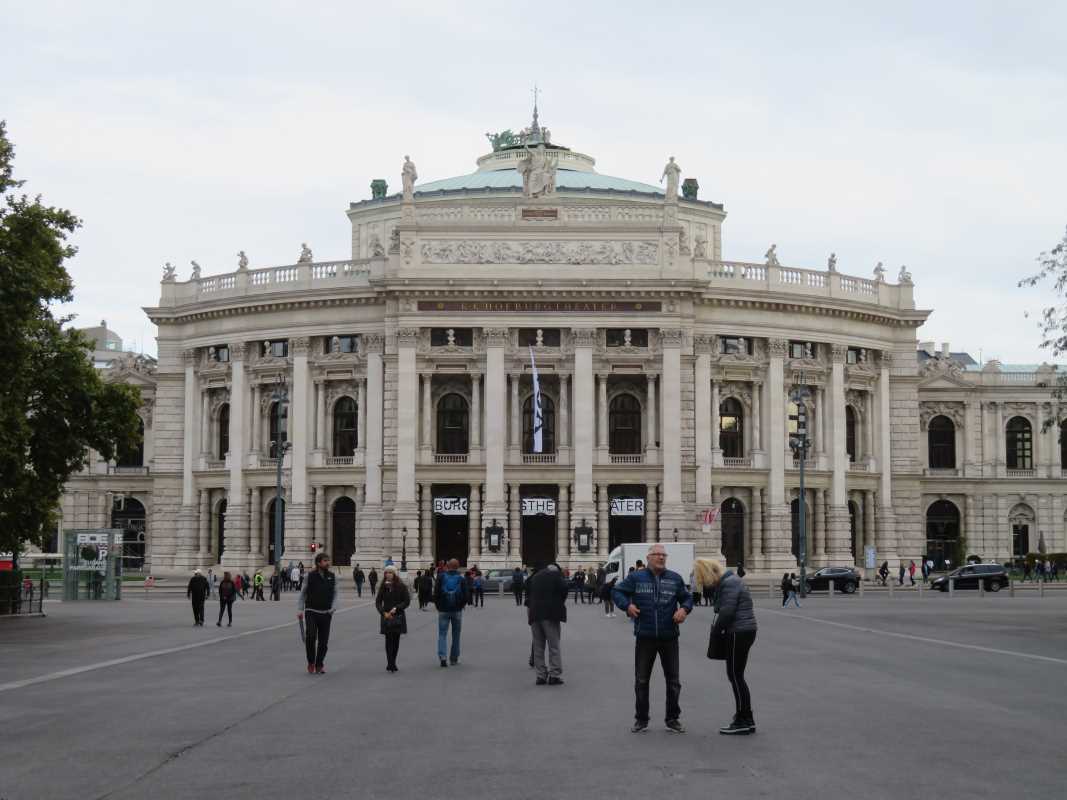Vienna, Austria’s elegant capital, is renowned for its rich history, stunning architecture, and vibrant cultural scene. Whether you're drawn to the grand palaces, world-class museums, or coffeehouse culture, this city offers something for everyone. To help you make the most of your time in Vienna, here are some essential travel tips that cover everything from transportation to local etiquette.
1. Navigating the Public Transport System
Vienna boasts one of the best public transportation systems in Europe, with an extensive network of trams, buses, and metro lines (U-Bahn). The system is efficient, clean, and easy to navigate, making it the best way to get around the city.
- Ticketing: Purchase a ticket from a machine or online before boarding any public transport. You can buy single tickets or opt for 24, 48, or 72-hour passes, which offer unlimited travel within the city for the specified time.
- Validation: Make sure to validate your ticket at one of the small machines located at the entrance to metro stations or inside trams. Failure to do so can result in a hefty fine if caught by inspectors.
- Vienna City Card: Consider buying the Vienna City Card, which offers free access to public transportation and discounts at various attractions. It's perfect for travelers looking to explore a lot in a short time.
2. Best Time to Visit Vienna
Vienna is a year-round destination, but your experience will vary based on the season. The city offers distinct experiences depending on the time of year:
- Spring and Fall: These are arguably the best times to visit, with mild temperatures, fewer tourists, and beautiful scenery. Spring sees the city’s parks bloom with flowers, while autumn brings colorful foliage.
- Winter: If you're a fan of holiday festivities, December is a magical time in Vienna. The city is famous for its Christmas markets, where you can sip mulled wine and shop for handmade crafts. Just be prepared for chilly temperatures.
- Summer: While summer is the busiest tourist season, it's also the time when the city hosts numerous outdoor events, including music festivals and open-air film screenings. Expect warm temperatures and vibrant nightlife.
3. What to Wear in Vienna
Vienna is known for its sophisticated style, but don’t feel pressured to dress overly formal. The key is to dress comfortably while keeping in mind that locals tend to favor classic, well-put-together outfits.
- In Winter: If you’re visiting in the winter months, pack warm clothing. Vienna can get quite cold, especially in December and January, so bring a good winter coat, scarf, and gloves.
- For Cultural Outings: If you plan to attend the opera or visit upscale restaurants, it’s wise to pack some dressier attire. While formal wear isn’t required, many venues appreciate a more polished look.
- Walking Shoes: Vienna is a city best explored on foot, especially in the historic center. Make sure to pack comfortable shoes, as the cobblestone streets can be tricky to navigate in flimsy footwear.
4. Cultural Etiquette and Customs
Understanding a few basic customs will help you blend in with the locals and make your experience in Vienna more enjoyable.
- Politeness: Austrians value politeness and proper manners. When entering a shop or restaurant, greet the staff with a friendly “Grüß Gott” (hello) or “Guten Tag” (good day). Saying “Bitte” (please) and “Danke” (thank you) is also expected.
- Tipping: Tipping is customary but modest in Vienna. Rounding up the bill or leaving a 5-10% tip in restaurants is standard. When paying, simply tell the server how much you would like to leave, as they rarely bring the change back to the table.
- Coffeehouse Etiquette: Vienna’s coffeehouses are an institution, and spending time in one is a must-do. When visiting, keep in mind that coffeehouse culture is leisurely. Feel free to linger over your coffee and newspaper for hours—no one will rush you out.
5. Must-Visit Attractions
Vienna is home to some of the most iconic landmarks and cultural institutions in Europe. Here are a few must-see sites:
- Schönbrunn Palace: This stunning baroque palace was the summer residence of the Habsburgs and is one of Vienna’s top attractions. Be sure to explore the vast gardens and take a guided tour of the opulent rooms.
- St. Stephen’s Cathedral: Located in the heart of the city, St. Stephen’s Cathedral is a gothic masterpiece. Climb to the top of the South Tower for panoramic views of Vienna.
- The Belvedere: This beautiful palace complex houses an impressive art collection, including works by Gustav Klimt. Don’t miss his famous painting, The Kiss, on display here.
- The Hofburg: The former imperial palace is now a sprawling complex that includes museums, the Spanish Riding School, and the imperial apartments. It offers a fascinating glimpse into Vienna’s royal history.
- Prater and the Giant Ferris Wheel: For a more relaxed outing, head to Prater, a large park where you can ride the iconic Ferris wheel, stroll through the greenery, or enjoy the amusement park rides.
6. Food and Drink Recommendations
Vienna is famous for its culinary delights, so make sure to indulge in some traditional Austrian fare during your visit.
- Schnitzel: You can’t visit Vienna without trying the iconic Wiener Schnitzel. This breaded and fried veal or pork cutlet is served with a side of potato salad or lingonberry jam.
- Sachertorte: A must-try for dessert lovers, Sachertorte is a rich chocolate cake layered with apricot jam and topped with dark chocolate icing. You can find it at Café Sacher or many other coffeehouses.
- Coffee: Coffee is a big deal in Vienna, and there are several types to try. The Melange, similar to a cappuccino, is a local favorite. Pair it with a slice of cake at one of the city’s many historic coffeehouses.
- Heurigen: If you want to experience Vienna’s wine culture, head to a Heurigen, a traditional wine tavern on the outskirts of the city. Here, you can enjoy local wines, such as Grüner Veltliner, and hearty Austrian dishes in a cozy, rustic setting.
7. Money-Saving Tips
Vienna can be an expensive city, but there are plenty of ways to save money while still enjoying its many attractions.
- Free Attractions: Many of Vienna’s parks, such as Stadtpark and Volksgarten, are free to explore. Additionally, you can visit certain museums for free on the first Sunday of each month, including the Wien Museum.
- Lunch Specials: Many restaurants offer affordable lunch menus, known as Mittagsmenü, which are often less expensive than dinner.
- Walking Tours: Explore the city on foot with one of the free walking tours offered by various companies. These tours cover key historical and cultural sites and operate on a tip basis.
Vienna is a city that effortlessly combines history, culture, and modernity. From exploring its historic landmarks and indulging in local cuisine to navigating the public transport system and respecting local customs, Vienna offers a treasure trove of experiences waiting to be discovered. Whether it’s your first visit or you’re returning to uncover more of its charm, Vienna will not disappoint.
(Image via DSR)
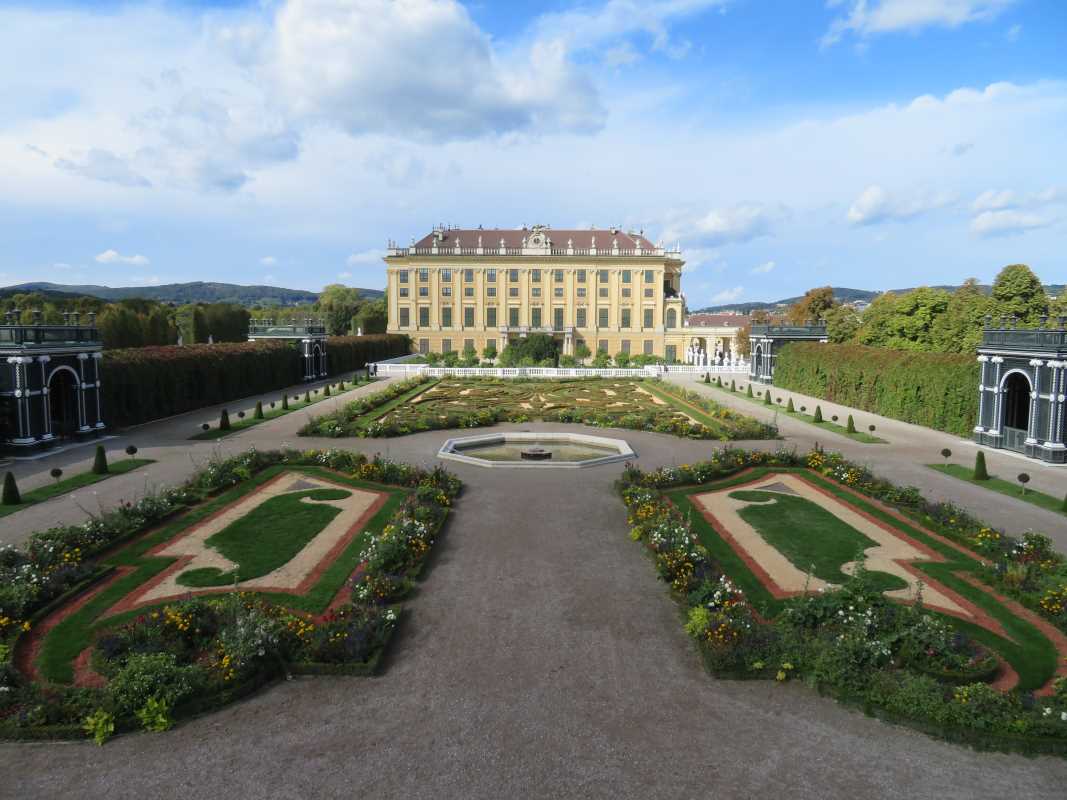 (Image source: Inuvo / DSR)
(Image source: Inuvo / DSR) 
